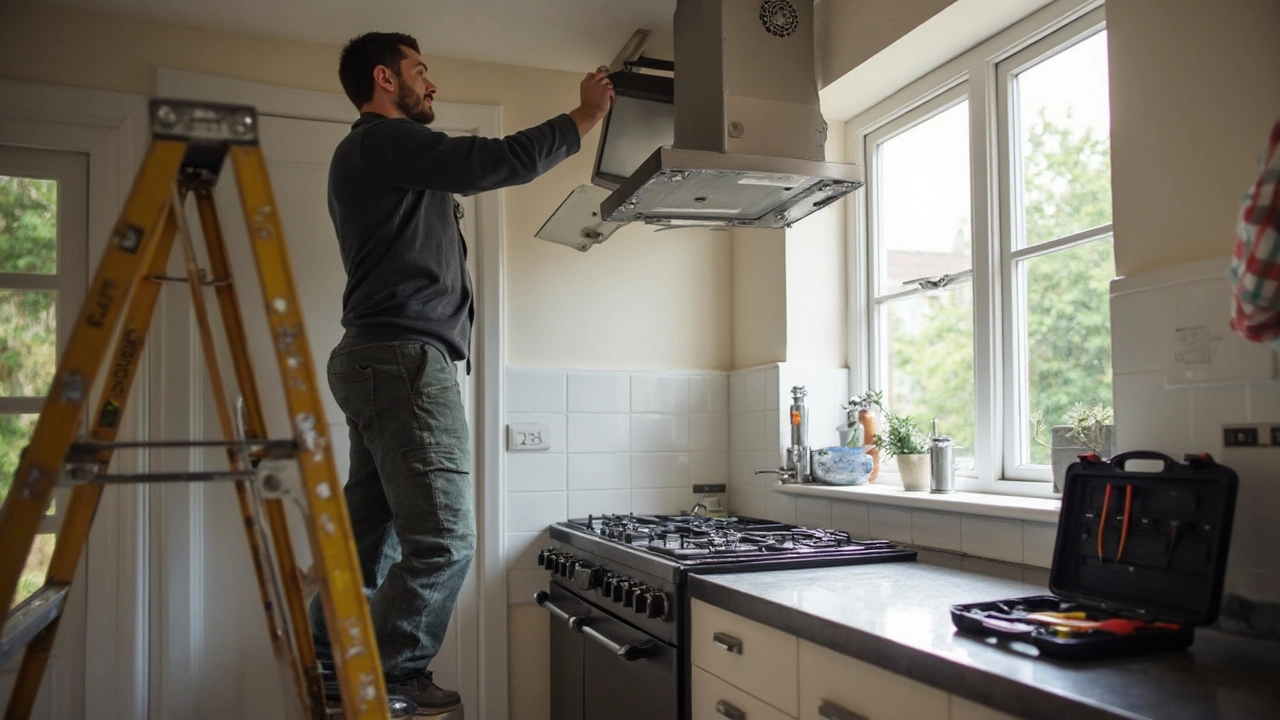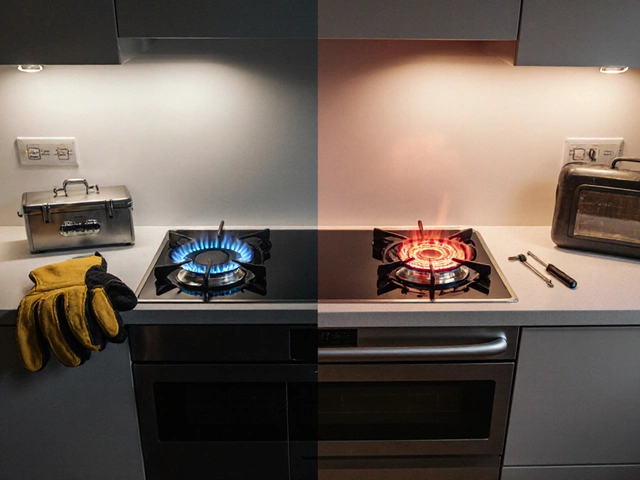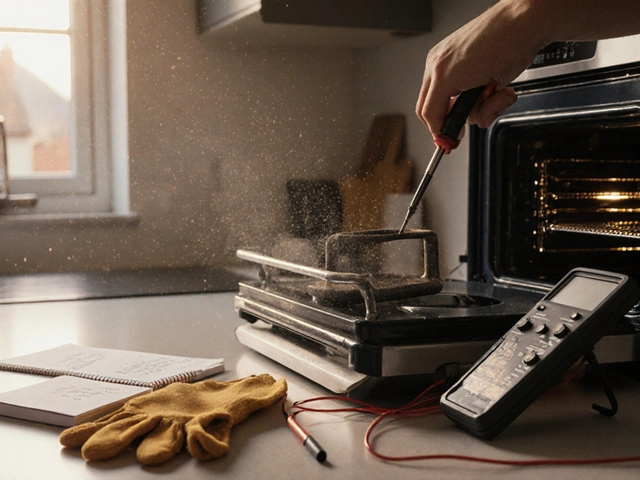Can a Cooker Be Repaired? Practical Guide to Fixing Common Issues
October 16 2025Extractor Fan Replacement: Quick Tips to Know When It’s Time
If your kitchen or bathroom feels stuffy, you’ll notice steam, smells, or mould quicker than usual. Those are the first clues that the extractor fan might be on its last legs. In this guide we’ll show you how to spot a failing fan, decide if you can fix it yourself, and walk through the replacement process.
When to Replace Your Extractor Fan
Most fans last between 5 and 10 years, but heavy use or poor cleaning can shorten that. Replace the fan if you hear rattling, notice a drop in airflow, or see water droplets forming around the vent. A noisy motor or a fan that won’t turn on at all usually means the motor has burnt out.
Another red flag is a persistent smell of mould or damp even after you clean the filter. That often means the fan isn’t pulling enough air to keep the space dry. If the fan is more than eight years old and you’ve tried cleaning the filter, it’s probably cheaper to swap it than keep repairing the same parts.
How to Replace an Extractor Fan
First, turn off the power at the breaker – safety first. Then remove the cover grille; most models clip or screw in place. Pull the old fan out of its housing and disconnect the wiring. Take note of how the wires are attached or snap a photo for reference.
Match the new fan’s size and voltage rating to the old one. Most bathroom fans use a 120 V supply, while kitchen fans can be 120 V or 230 V depending on the house. Connect the new fan’s wires – typically live (brown or red), neutral (blue or black), and earth (green/yellow). Secure the wiring with wire nuts and a bit of electrical tape.
Push the new fan into the housing, reattach the grille, and restore power. Turn the fan on; you should feel a steady breeze and hear a smooth whir. If the airflow still seems weak, check the duct for blockages or consider a higher‑capacity fan.
DIY replacement works for most standard fans, but if you run into wiring that looks different, a metal duct that needs cutting, or a fan that sits behind a plasterboard ceiling, call a qualified gas engineer or electrician. The cost for a new fan ranges from £30 for a basic bathroom unit to £150 for a powerful kitchen model, plus labor if you hire help.Regular cleaning of the filter every three months can add years to the fan’s life. A quick brush or a wash in warm soapy water keeps the motor cool and the air moving. Keep a spare filter on hand – they’re cheap and replace in seconds.
In short, watch for noise, low airflow, and mould smells. When those appear, weigh the age of the fan against the cost of a new one. Follow the simple steps above, stay safe, and you’ll have fresh air back in no time.
 4 Jun
4 Jun
Extractor Fan Replacement: How Hard Is It Really?
Thinking about swapping out your extractor fan but worried it might be too complex? This article breaks down what to expect when replacing an extractor fan, whether it’s in the bathroom or kitchen. We’ll go over the tools you’ll need, the steps involved, and some real-life tips to make things easier. If you’re thinking of saving a few bucks by tackling it yourself, you’ll get a clear picture of what’s involved. By the end, you’ll know if you’re up for the job or if calling in a pro makes more sense.
Read More...



